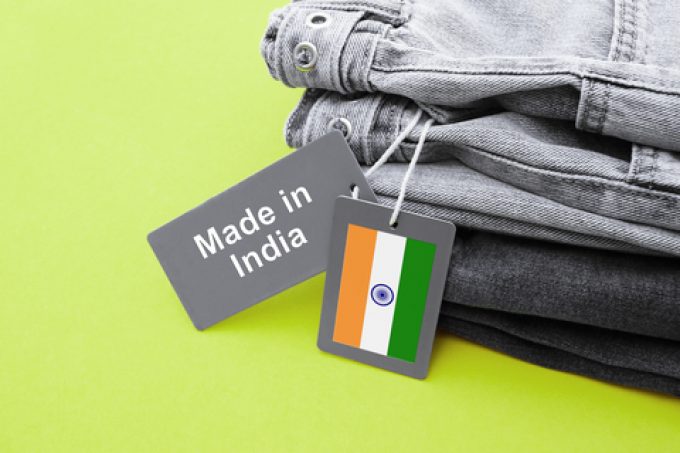'Chaos after chaos' coming from de minimis changes and more tariffs
Logistics firms that focus on ecommerce are bracing themselves for a rocky May, when the ...

The Indian apparel industry, looking to position itself as an alternative Asian sourcing bet as global importers increasingly diversify beyond China, is upbeat about a sudden turnaround in export demand.
And this comes amid the economic headwinds in the traditional, larger western markets.
According to new data released by the Apparel Export Promotion Council (AEPC), ready-made garment (RMG) exports out of India in November soared about 12% year on year, in value terms – a strong rebound after declining trends seen in September ...
'Disastrous' DSV-Schenker merger would 'disrupt European haulage market'
New senior management for DSV as it readies for DB Schenker takeover
Volumes set to 'fall off a cliff' as US firms hit the brakes on sourcing and bookings
Asian exporters scramble for ships and boxes to beat 90-day tariff pause
Amazon pushes into LTL for small package fulfilment and UPS does a u-turn
Temporary tariff relief brings on early transpacific peak season
Pre-tariff rush of goods from US to China sees air rates soar, but not for long
Forwarders 'allowing the fox into the chicken run' by supporting 'hungry' carriers

Comment on this article